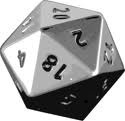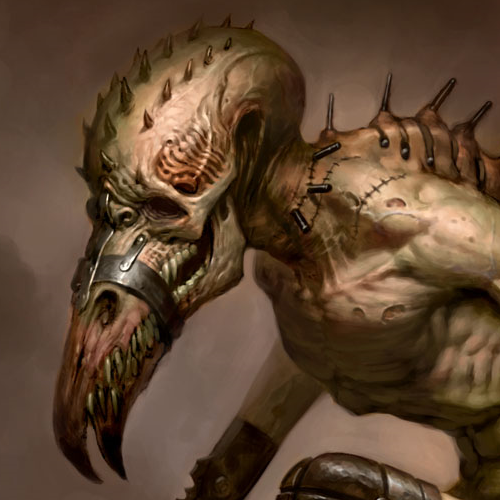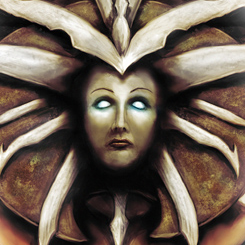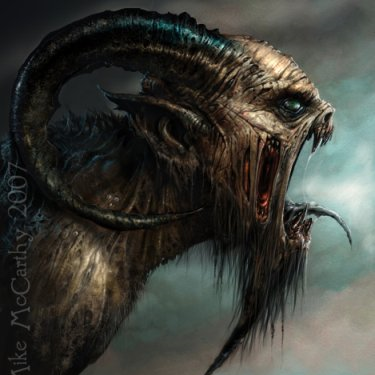House Rules

The purpose of this page is to track the various house
rules that have been adapted to suit our home game.
Combat Related
- Movement in combat will be more versatile. If not doing anything else but moving, can move double your movement speed. Movement can be taken in any combination with actions you'd like as long as you still have 1 square of movement remaining. The only time you cannot take an action after moving is if your movement takes you to the extent of your movement range. In a single round you can move and take an action like attacking, retrieving a potion and drinking it, sheath and draw a new weapon, cast a spell, fire your arrows, etc. as long as you still have 1 square of movement remaining when you initiate the action.
- Critical hits on a natural 20 are double damage. A follow up roll is made and if another natural 20 is rolled, it is automatic maximum quadruple damage. Each player must decide up front to either roll damage once, add modifiers and double it, or roll damage twice and add two times the modifiers. Once chosen, the player must live with decision.
- Fumbles occur on a natural roll of 1. If it occurs on the first attack, all other attacks are forfeit. After a fumble, another roll is made and if it is also a natural 1, the players weapon breaks. If the weapon is magical, the weapon's magic is rendered inert for one day. If the weapon is intelligent it gets a save vs petrification to resist the effect. If another double fumble is rolled while a magic weapon is inert, the weapon then breaks.
- Attacks of opportunities are taken as parting blows whenever someone disengages from combat, regardless if the defender has already attacked that round. Moving through adjacent squares does not provoke until the last adjacent square that you leave. The tumble non-weapon proficiency can allow you to disengage without a free attack.
- Combat Initiative rolls are 1d10 - init mod. In the event of a tie, the higher modifier goes first, then the player with the higher dexterity, and finally the lower weapon speed factor is used to resolve additional ties.
Magic Related
- All ones on cure spell rolls are rerolled (except when used to harm)
- When a character is in negative hit points, a cure spell automatically brings the character to 0 hit points and then the healed amount is applied.
- A cleric can choose to sacrifice a higher cure spell for a lesser one to make it a 30' burst spell.
- Every class, with the exception of the warrior classes, will have some sort of at-will ability (warriors will get a once per day special maneuver). These powers will be negotiated between the player and the DM.
Miscellaneous
- Every 3 levels, a player gains an attribute increase point. It costs one point to go add a point up to 18, then 2 points for every increase from 19 to a maximum of 25. The points can be saved and two points can be used to jump up an additional level. A point can also be used to gain an additional ability.
- Everyone gets 2d3 action points per level. Action points can be used to gain an extra move or attack action.
- All players will have the following base skills: Spot, Listen, Search, Bluff, Sense Motive, and Gather Information. Each skill will use an ability modifier as its base according to the requisite ability score as follows: 16 and 17 = +1, 18 and 19 = +2, 20 and 21 = +3, 22 and 23 = +4, 25 and up = +5. Skill checks will be made like 3rd edition where the skill modifier is added to the dice roll in order to exceed a difficulty class score, except that a 10-sider will be rolled instead of a 20-sider. In addition, each player will be given the same number of skill points as their classes non-weapon proficiency slots (as shown in table 34 of PHB) to add as they wish to these skills. In other words, at first level, a cleric would have 4 points to add to these skills and then gains 4 more points every three levels.


